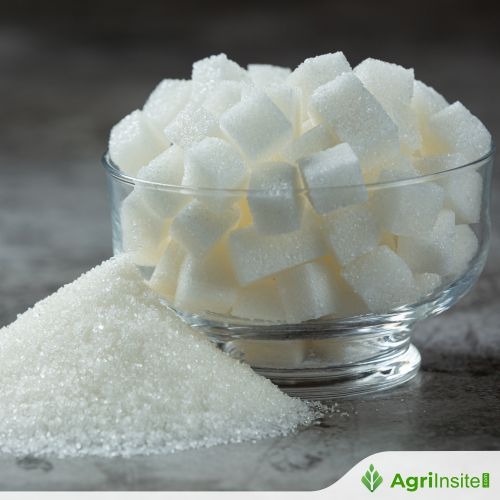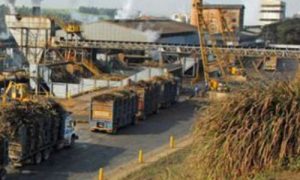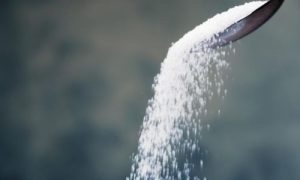Sugar on track to recover after record wet season: Australian Sugar Manufacturers

Queensland’s sugar industry is racing to prepare for the 2025 crush following severe North Queensland floods that damaged factories and cane rail infrastructure. Despite major setbacks and no government aid, manufacturers are determined to start on time, forecasting a crush of 29.55 million tonnes. Industry leaders urge policy reform to include cane rail in disaster recovery, highlighting its vital freight role.
Queensland’s sugar manufacturers are working around the clock to ensure factories and rail infrastructure are ready for the 2025 crush, after one of the most severe wet seasons in some key sugar regions across North Queensland.
The impacts of the North Queensland floods have been profound-flooding factories, washing out rail lines, damaging rail signals and bridges, and delaying critical mill maintenance. On top of the repair bill, tens of millions of dollars in cane losses have been recorded across many sugar regions in North Queensland, particularly in and around the Herbert and parts of the Burdekin.
Despite these setbacks, manufacturers are doing everything they can to ensure sugarcane can be processed on time and has done so without government assistance.
Mr Ash Salardini, CEO of Australian Sugar Manufacturers said that, as the industry prepares for a challenging season, collaboration and understanding across the supply chain is more important than ever.
“This has not been a business-as-usual preparation for the season. Yet, the sugar industry is once again stepping up to get the crush underway.”
“We’re determined to keep money flowing into the pockets of regional workers, growers, suppliers and communities who rely on sugar manufacturing for their livelihoods.”
“We’re also asking for a little understanding-the Victoria Mill in Ingham was under water just a few months ago and there was widespread damage to our cane rail infrastructure – it is a testament to our workers and the sector that we are pushing ahead with the crush more or less on time,” Mr Salardini said.
The industry forecasts a total crush of 29,550,000 tonnes of cane nationally this year, a slight increase on last year’s production.
“The cane is looking better in the south, north and central Queensland regions, however, the cane supply looks to be lower in the Herbert and Burdekin regions, partially due to the floods.”
Mr Salardini said the sugar industry requires a policy rethink from governments in how we deal with recovery from natural disasters like floods.
“While we commend both the Queensland and Federal governments for their fast and effective disaster response in many areas, there’s a critical blind spot that needs fixing-cane rail.”
The industry’s cane rail network carries the state’s second largest freight task, around 30 million tonnes of harvested cane annually, removing tens of thousands of heavy vehicle movements on regional roads.
Current disaster recovery arrangements exclude any disaster recovery support for cane rail infrastructure.
“Our cane rail is vital regional freight infrastructure. Without it, road congestion and road repair costs would skyrocket, negatively impacting regional Queensland communities and councils”
“At the end of the day our manufacturers have every right to use regional roads, and as the cost of maintaining cane rail infrastructure becomes too high, the sector might have to look at road transport more seriously,” Mr Salardini said.
“The ballooning cost of maintaining our rail infrastructure due to the increased frequency and severity of natural disasters requires governments to revisit their approach to disaster recovery. Let’s make sure that next time a flood hits, industry and government can work together to get the cane rail network up and running for the benefit of all impacted regional Queensland communities.”
To Read more about Sugar Industry continue reading Agriinsite.com
Source : Chinimandi















